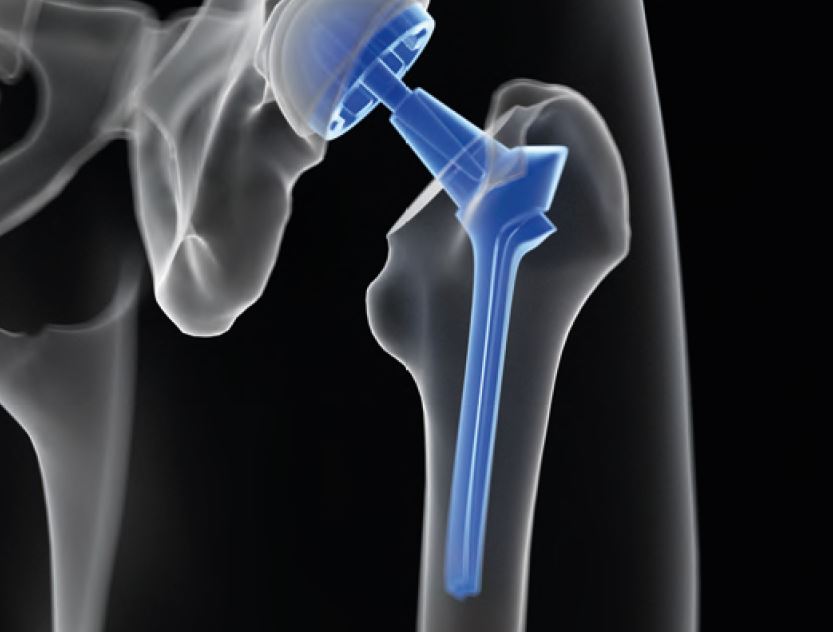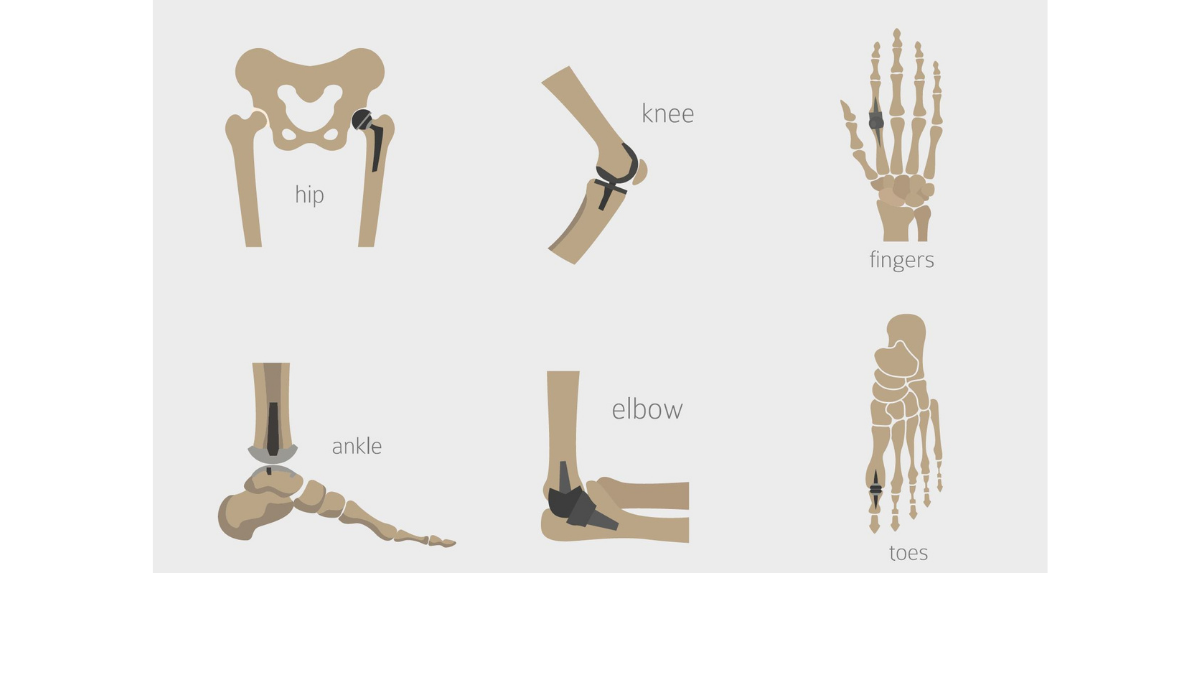
Orthopedic Implants, Part 1 – Surface Finishing Enhances Component Life, Function
, sramaker - Zurück zur Übersicht
Fueled by more active lifestyles and increased life expectancy,the market for knee, hip, and other replacement body jointsis on the rise. With more than $19 billion in annual worldwidesales, implants for joint reconstruction make up nearly 40 percentof all orthopedic product sales.
Thanks to significant advancements in materials and new or improvedsurface finishing technologies, today’s artificial hips andknees can last more than 20 years, giving the recipient decadesof comfort and agility.
Parts that are finished using modern mass finishing and shot blasting methods play a key role in extending the lifespan of orthopedic implants.
Rosler has extensive experience in these processes which often include cleaning, deburring/edge radiusing, surface smoothing, post-casting surface preparation, machining, CNC grinding, and, of course, final finishing. These finishing technologies make big differences in the quality and performance of such products.
Why Quality Matters
Quality standards for orthopedic implants are among the most demanding in any manufacturing operation. Due to the need to facilitate millions of movements between multiple parts, joint reconstruction implant requirements are especially rigorous.
Aside from choosing the right materials and producing these parts to exact, minimal dimensional tolerances, surface finishes must also be honed to perfection. This often involves two distinct finishes on the same component.
For example, the front surface section of an artificial knee femoral must be extremely smooth to allow free movement on the tibia plate while the backside of the implant requires a textured, somewhat rougher surface to facilitate osseointegration of the implants into the bone.
In fact, orthopedic implants may have to undergo multiple finishing operations during the manufacturing process. Theseoperations can range from simple cleaning, deburring/edge radiusing and surface smoothing after casting, forging and machining to surface texturing, preparation for special coatings and, frequently, high-gloss polishing.
Some implants are even shot peened to induce compressive residual stress to further extend their service life.
Common Types of Implants
As the name already suggests, the purpose of orthopedic joint reconstruction implants (also called endoprosthetics) is to replace damaged joints by inserting a manufactured replacement into the body.
The most common of these replacement joints are artificial knees and hips, which constitute almost 90 percent of the worldwide demand of joint implants. As a result of various technological breakthroughs, other extremity joint implants for ankles, shoulders, elbows, hands, feet, and jaws are increasingly more common as well.
Unlike trauma implants which may be removed after a bone has healed, the goal for joint reconstruction implants is to remain permanently in the body and restore normal, pain-free function of the joint. The longevity of these implants has been constantly improved, with a working life today of more than 20 years.
Joint reconstruction can be a particularly challenging process because the implants must allow free movement of the joint and, at the same time, must be firmly attached to the respective bones.
The Rosler Way
From orthopedic implants to large, shipbuilding components, Rosler is committed to providing accurate and repeatable finishing results.
Whatever your joint reconstruction implant process calls for, we are confident that we can develop and deliver a solution. Contact us to discuss your unique challenges.
The complete Orthopedic Implant Series includes:
- Part 1 – “Surface Finishing Enhances Component Life, Function.”
- Part 2 – “Required Component Characteristics Define Finish.”
- Part 3 – “Materials Must Provide Strength, Safety.”
- Part 4 – “Finishers Meet Standards, Face New Challenges.”
- Part 5 – “Mass Finishing Offers Medical-Grade Polishing.”
- Part 6 – “Shot Blasting Improves Longevity.”
- Part 7 – "Processing Technology Evolves with Industry Advancements."
